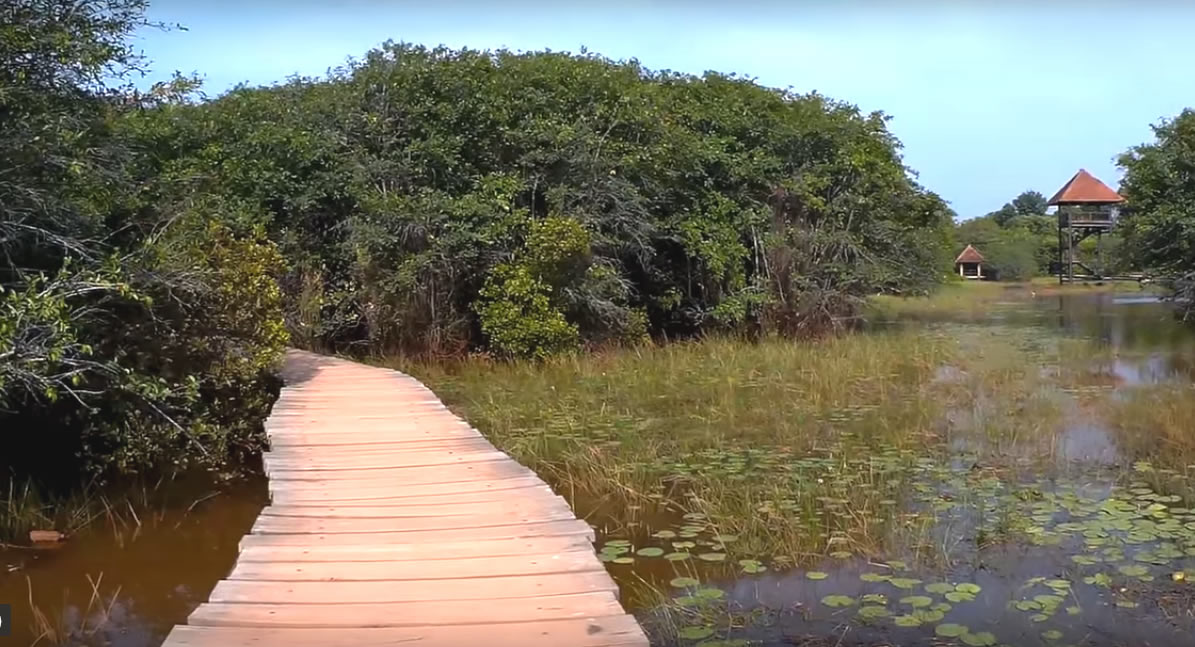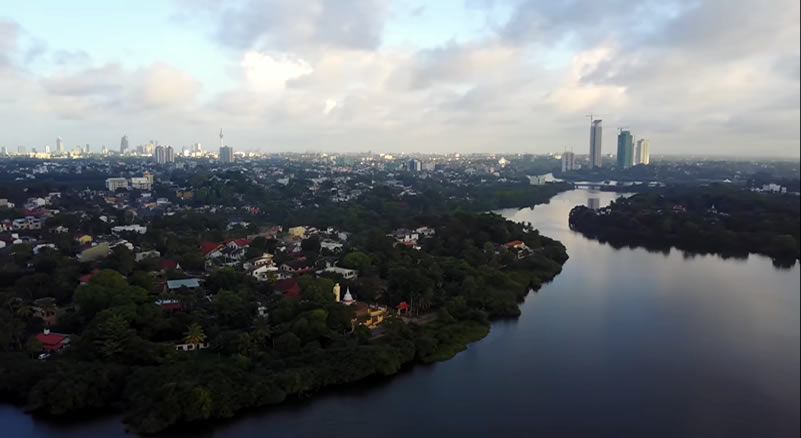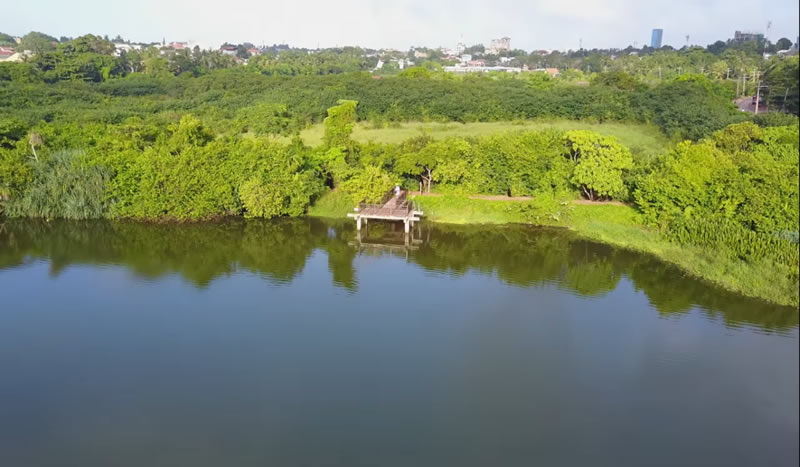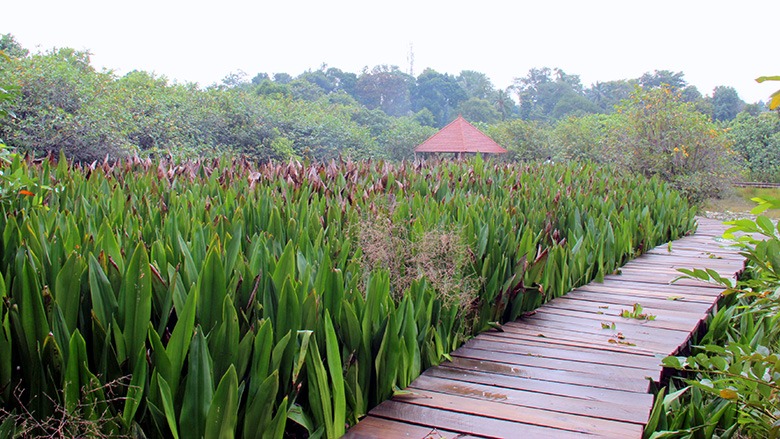Colombo The Last Remaining Ramsar Wetland City in South Asia
COLOMBO RAMSAR WETLAND
Colombo, the commercial capital of Sri Lanka has a 20sq km of wetland, with rivers, lakes, paddy fields and marshlands. Recently Colombo earned an accolade as a Ramsar wetland city in the world, due to its extensive wetland cover. However, most Colobmo vacation packages do not cover these green treasure. This article is written to use as a guide to explore these hidden places which plays an important role in protecting teh green cover in Colombo and allowing people to enjoy valauble trees, plants, veins while harbouring a large number of animals and avian faun species within its border.
Despite the abundance of wetland, patches of forests in Colombo, it is a daunting task to find a Colombo trip that includes these valuable ecological assets. Having understood the potentiality of the wetland for the nature tours in Colombo along with other important tourist places, seerendipity tours has crafted a Colombo city tour that includes few wetlands. You can get more information on this trip by sending an email to admin@seerendipitytours.com.
Colombo has been recognized as a Ramsar wetland city at the 13th Conference of Parties to the Ramsar Convention on Wetland on 25th October 2018 held in Dubai. Eighteen cities were declared as Ramsar wetland cities in the convention and Colombo was the only city in Southern Asia that was fortunate to get the crown.
Colombo is a well-known trading port for many millennia and frequented by traders from all over the world, but its value as a wetland was a secret to the world until the recently held Ramsar Convention on Wetland. Colombo is not purposely built on the concept of a wetland city, however, Colombo inherits a large extent of wetlands, hence this populated city has been recognized as a wetland city, which sits in the Kelani river delta.
The city sits where the Kelani River meets the Indian Ocean and a large extent of wetlands helps the city to control the flood, filter waste, replenish drinking water, maintain the green cover and these wetlands are a source of livelihood for some city dwellers.
With the recognition of Colombo as a wetland city, the number of Ramsar wetlands in the island increased to six and they are Vankalai Sanctuary, Madu River estuary, Wilpattu Ramsar Wetland Cluster, Annawilundawa Tanks Sanctuary, and Bundala & Kumana Wetland.

Accreditation of the cities under Ramsar wetland city started in 2012, accordingly, urban cities with a high concentration of wetlands, and that utilize wetlands for their existences are encouraged to make use of these valuable wetlands sustainably.
Wetlands of Colombo
According to the Ramsar convention rivers, lakes, marshlands and swamps, underground aquifers, wet grasslands, estuaries, oases, flood receding lands, tidal flats, mangrove forests, coral reefs, paddy fields, ponds, reservoirs, salt pans are recognized as wetlands. Important wetlands to be found within the borders of Colombo are Baddagana wetland, Diyasauru wetland, Kolonnawa wetland, Heen Ela wetland, Kotte wetland, Maddinagoda wetland, Mulleriyawa wetland, and Thalangama wetland.
Saving the city against flooding
According to Environmental Foundation Limited (EFL), the wetland network of Colombo rendering immense service as a flood trapping ground. The sudden influx of rainwater during the monsoon is very common in western province cities like Colombo, in some cases few places of the city coming underwater, however, the network of wetland absorb the excessive water within a short period of time and functioning as a flood trapping ground. According to the EFL staggering 39% of rainwater is receding to wetlands in Colombo while another considerable amount of rainwater flows to the ocean.
Other than preventing the flood, purify water, absorbing pollutants and contaminants are also functions of the wetlands. Wetlands control the heat in the immediate vicinity by releasing the moist into the air, especially in tropical cities such as Colombo, the temperature tends to be high due to the closeness to the equator. However, the temperature of Colombo remains around 30°C partly due to the influence of wetlands.

In the month of July 2019, the high temperature was recorded across many European cities due to the heat waves; in some cities, the temperature rose up to 45°C and the governments of those countries had set up temporary ponds and water pools in order to control the heat. However, in the Sri Lankan case, the pools and ponds are already in place without any human interference and they are natural.
There are many people in the urban and semi-urban areas that depend on the wetland for the daily sustenance of their lives, it is another socio-economic factor of the wetlands. The purification of air is another key function of wetlands due to the densely grown trees and plants. Wetlands are dominated by plants in some areas mangroves. Mangroves are considered to be the climate superheroes of the arboreal world. These plants are vacuum cleaners that purify the air absorbing an unparallel amount of carbon dioxide from the atmosphere.
Even though Colombo is rebranded as a Ramsar wetland city, keeping the prestigious status intact seems to be a daunting task, due to the development projects. Many wetlands directly encroached in the recent past due to the development projects such as the construction of the southern expressway.
Colombo is a beautiful city and travellers can see the picturesque city with a large extent of wetlands, patches of forests, parks, lakes, and rivers. However, the future of Colombo is somewhat questionable. As the accelerated development of the city takes place the concrete jungle is encroaching the valuable wetlands. But, fortunately, many other projects are also underway in order to secure the wetlands of Colombo.
There had been many programs to regulate the gathering in rainwater in lowland areas of Colombo, and some of the projects were funded by the government while others were funded by organizations such as the world bank. Metro Colombo project funded by World Bank started in 2013 aiming at controlling the flood in the catchment area of Colombo water basin in order to regulate the rainwater and it helped the city dweller immensely.
This is what we heard from a city dweller (Faiz Mohamad) that has benefitted from the program “I am very happy because they put drains on both sides of the road, which has helped the water flow. Earlier, the water flooded the middle of the road when it was raining. Now it drains and goes down. “

Wise use, conservation and management and transboundary cooperation are the main principles of the Ramsar convention. It is very important to respect those principles in order to maintain a healthy wetland city; therefore it is apparent that a multi-stakeholder approach consisting of local communities, local government, NGO’s as well as industries is the need of the hour.
Revitalizing public parks, wetlands and spaces in Colombo continues in order to enhance the livability, walkability and conserving the natural environment for the people to enjoy and learn about. The Baddegana wetland helps to control the flood in Colombo, and in a recent project, the wetland was turned into a park making it more useful and beneficial to the people live in the area.
A park user (nisam alwis) made the below remarks on the park ” There is now a path and it is really good. There are nice trees, jogging, and cycling paths. Even at night, people can do their exercises. “
Tourism is a leading foreign exchange earner to the island and Colombo is visited by a large number of travellers. However, it is very evident that integrating Colombo wetland city into eco-tourism opens a new door to the tourism industry to pull nature lovers to the city. Reaping such economic benefits from the newly designated “wetland city” and distributing it within the society incentivizes its conservation and management.






